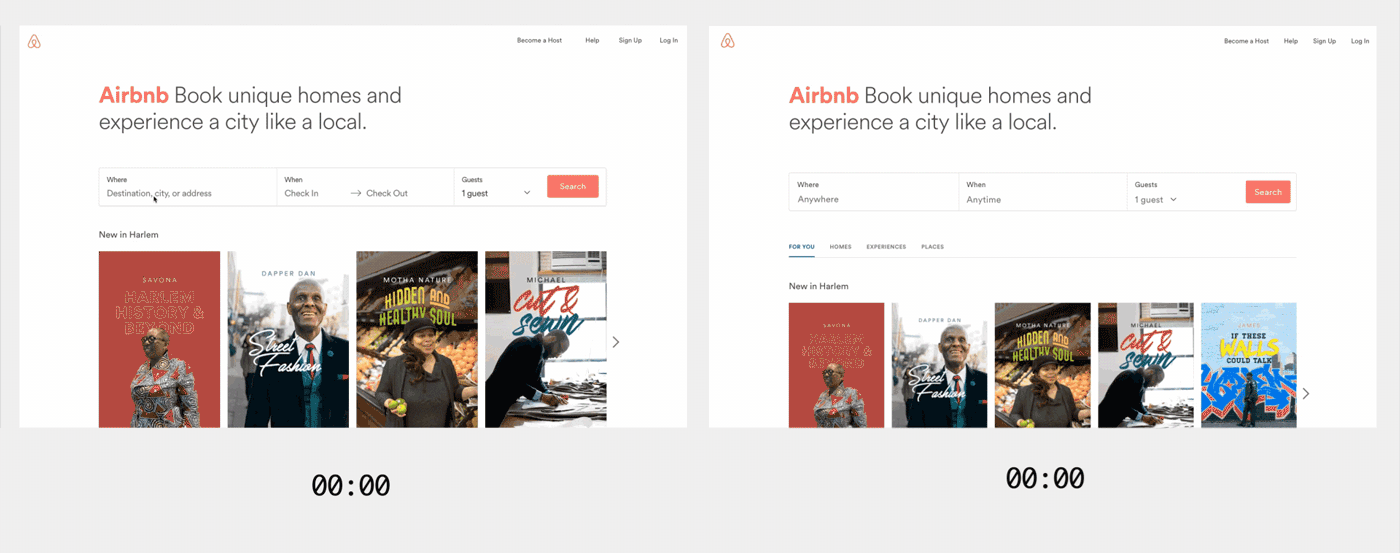Today, I'm thrilled to share with you an exciting innovation that's revolutionizing the world of web development: Single Page Application (SPA) architecture. This cutting-edge approach to web design is shaking up the industry and providing users with lightning-fast, seamless experiences like never before. So buckle up and get ready to be blown away by the power of SPA architecture.
In the age of instant gratification, users expect fast and seamless experiences when browsing the web. SPA architecture is a way to provide just that. Instead of loading entire pages every time a user clicks a link, SPA only loads the necessary parts of the page, making the experience much smoother and faster.
Now, you might be wondering what kind of websites would benefit from SPA architecture. Let's take a look at some real-world examples.
First up, we have Airbnb. With millions of users browsing their site every day, Airbnb needs to provide a fast and responsive experience. By using SPA architecture, Airbnb only loads the necessary parts of the page, allowing users to search for listings, book a stay, and leave reviews without ever having to reload the page. Simply put, every action involves two tasks: making the necessary API request and bootstrapping that data to Hypernova with config. This has drastically reduced the amount of Ruby code required from thousands of lines to just ~20-30.
Check this out:

Another example is Trello. Trello is a project management tool that allows users to create and manage tasks on a board. With SPA architecture, Trello is able to provide a seamless experience for users as they move cards around and make updates to their boards.
Now, you might be wondering how to implement SPA architecture. It's actually quite simple. Instead of creating multiple HTML pages for your website, you create a single HTML page that serves as the framework for your entire site. You then use JavaScript to dynamically update the content of the page as the user interacts with it.
Of course, like any development project, there are best practices to follow when implementing SPA architecture. One of the most important is to make sure your site is still SEO-friendly. While search engines are getting better at crawling JavaScript-heavy sites, it's still important to make sure your site can be easily indexed by search engines.
Now, let's talk about why SPA architecture is important. In addition to providing a fast and seamless experience for users, SPA architecture can also help improve your website's performance. By only loading the necessary parts of the page, you can reduce the amount of data that needs to be transferred, resulting in faster load times.
But the benefits don't stop there. SPA architecture can also make it easier to develop and maintain your website. By using a single HTML page as the framework for your site, you can reduce the amount of code you need to write and make it easier to update your site as your needs change.
To illustrate the importance of SPA architecture, let's take a look at a case study. In 2014, Forbes.com decided to switch to SPA architecture in order to improve their website's performance. After the switch, they saw a 100% improvement in their load times, a 60% reduction in their bounce rate, and a 20% increase in their ad view-ability.
SPA architecture is an important tool in the world of web development. By providing a fast and seamless experience for users, improving website performance, and making development and maintenance easier, SPA architecture is a win-win for everyone involved. So if you're looking to create a website that's fast, responsive, and easy to maintain, consider implementing SPA architecture. Your users (and your bottom line) will thank you for it!









